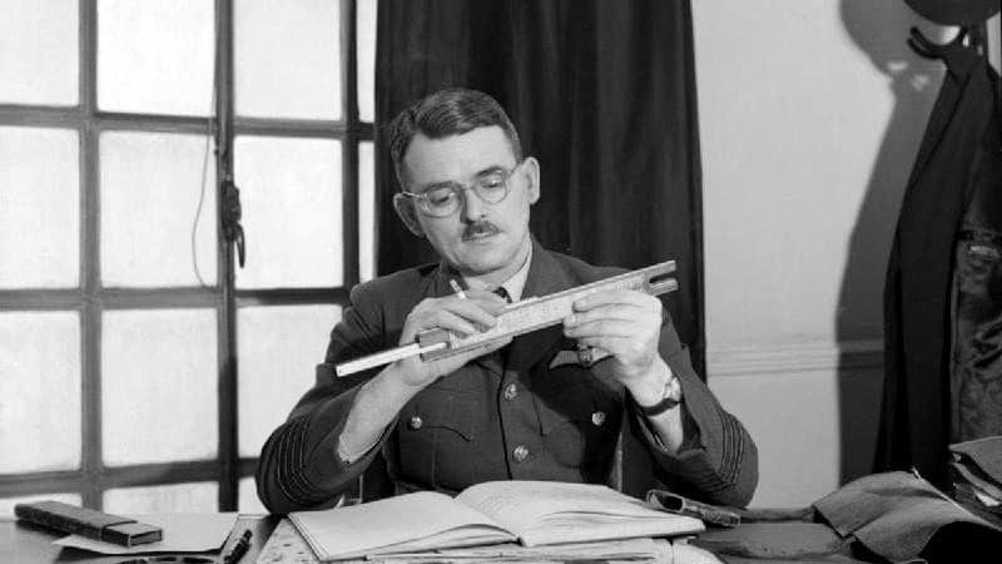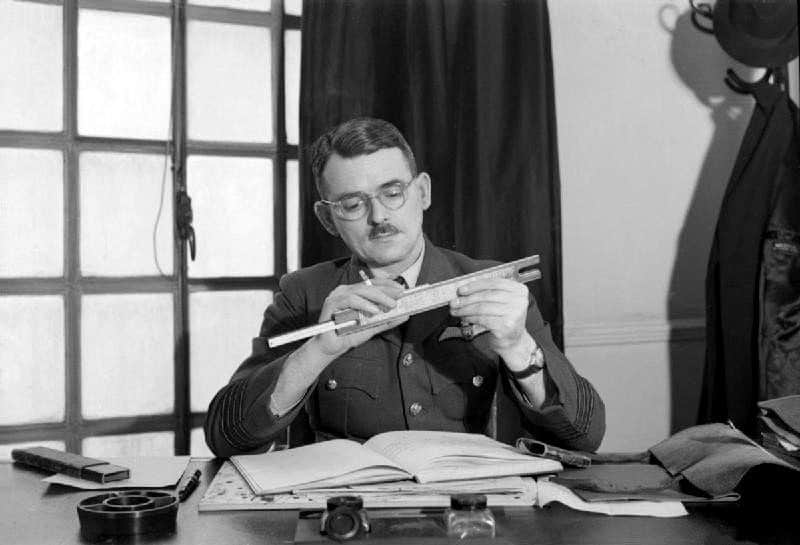October 1945: Whittle reflects on his jet engine
By the age of 21 Sir Frank Whittle had conceived a technology that would transform military and civil aviation in a way that has remained largely unchallenged for 75 years.


It should go without saying that Sir Frank invented the jet propulsion gas turbine, and, in doing so, created a market that between 2014–2023 alone will require 55,000 new civil aero engines.
Some of those engines will be on the Airbus A350-1000, an aircraft coming into service next year with power being delivered by two Rolls-Royce Trent engines that will each deliver 97,000lb of thrust.
By contrast, Sir Frank’s first jet propulsion gas turbine – the W1 – delivered 1,240lb of thrust, rising to 1,600lb with the development of the W2.
A remarkable element of the jet engine’s story is the fact that Sir Frank was rejected twice by the RAF; an organisation that would ultimately reward him with a commission and an education.
No less remarkable was the fact that just a few months after the end of the Second World War, Air Commodore Frank Whittle, CBE, RAF, MA, Hon. MI Mech E had set about contributing a series of articles to The Engineer that would candidly and eloquently explain how the jet engine came into being.
Register now to continue reading
Thanks for visiting The Engineer. You’ve now reached your monthly limit of premium content. Register for free to unlock unlimited access to all of our premium content, as well as the latest technology news, industry opinion and special reports.
Benefits of registering
-
In-depth insights and coverage of key emerging trends
-
Unrestricted access to special reports throughout the year
-
Daily technology news delivered straight to your inbox










National Gas receives funding to develop Gravitricity underground hydrogen storage system
One single rock salt mine - Winsford - has 23 <i>MILLION </i>cubic metres of void and even allowing for 10% of that void set aside for hazardous waste...